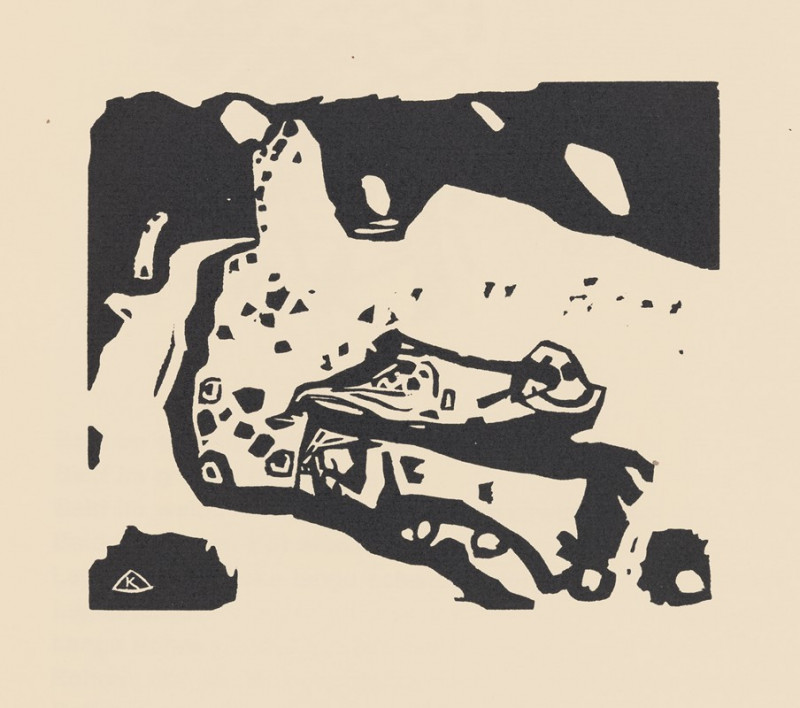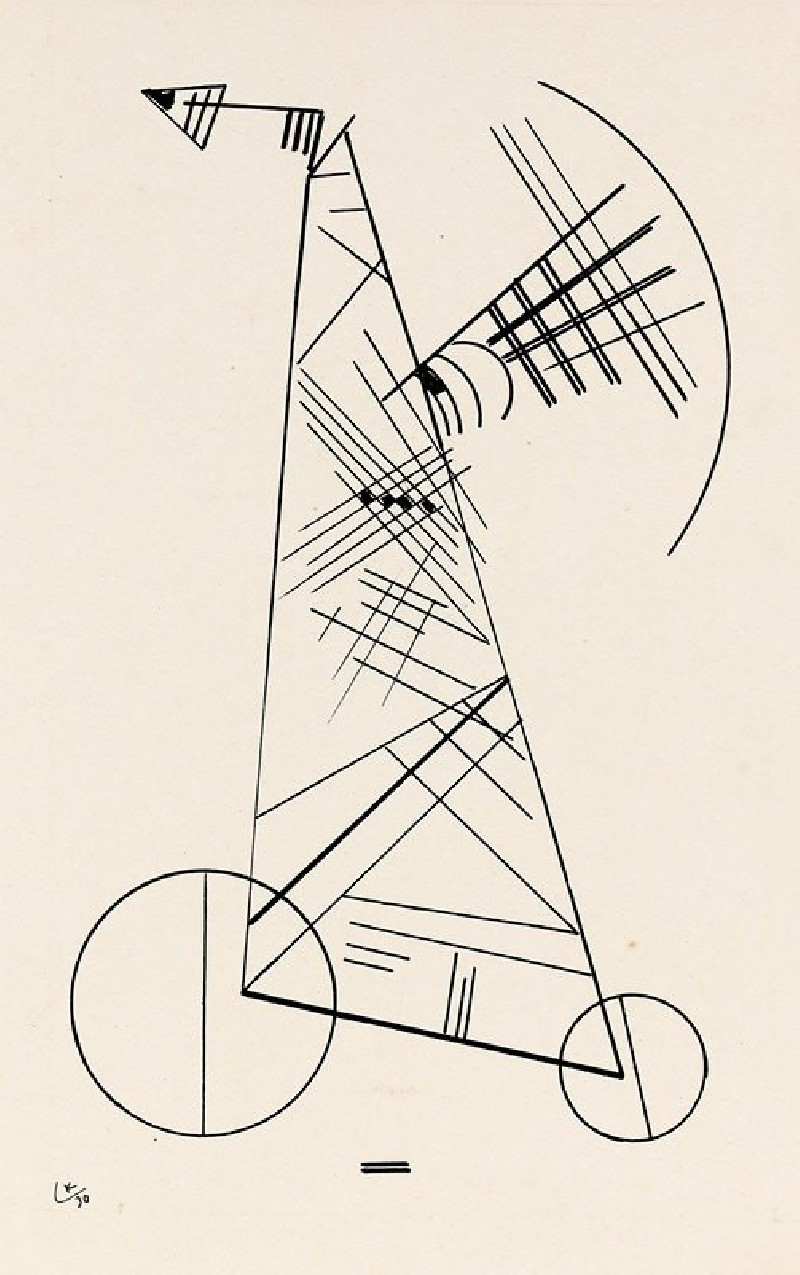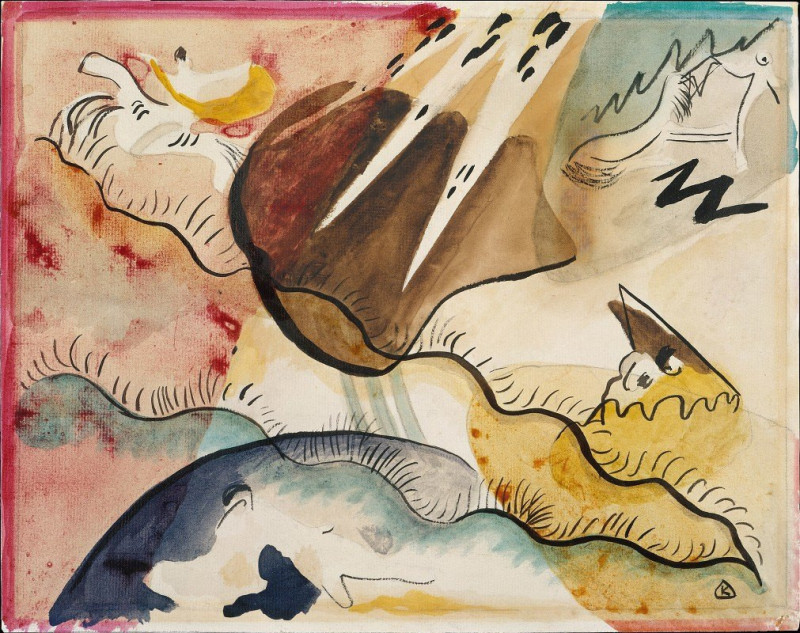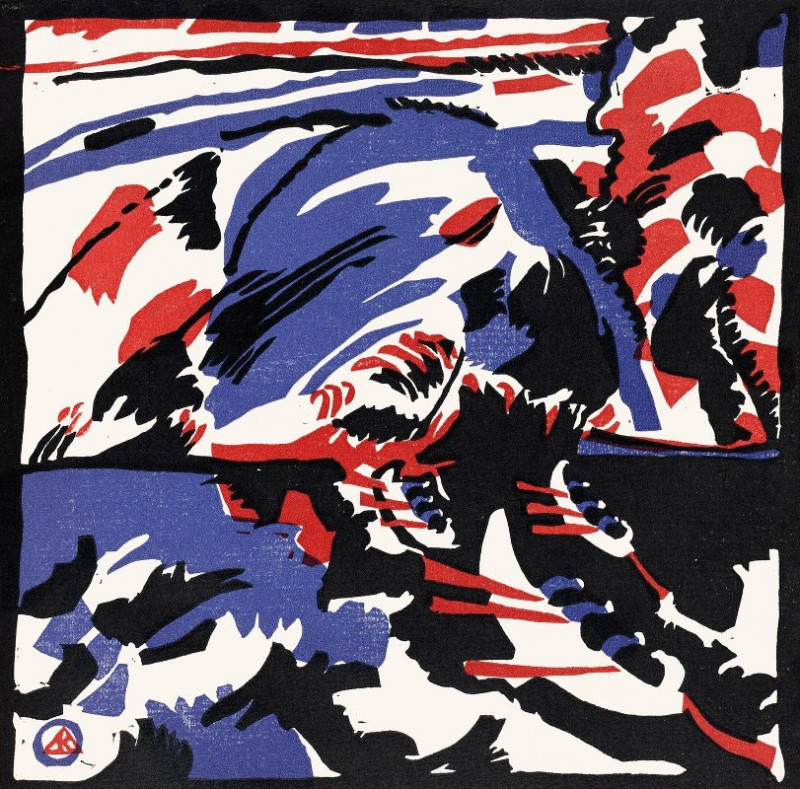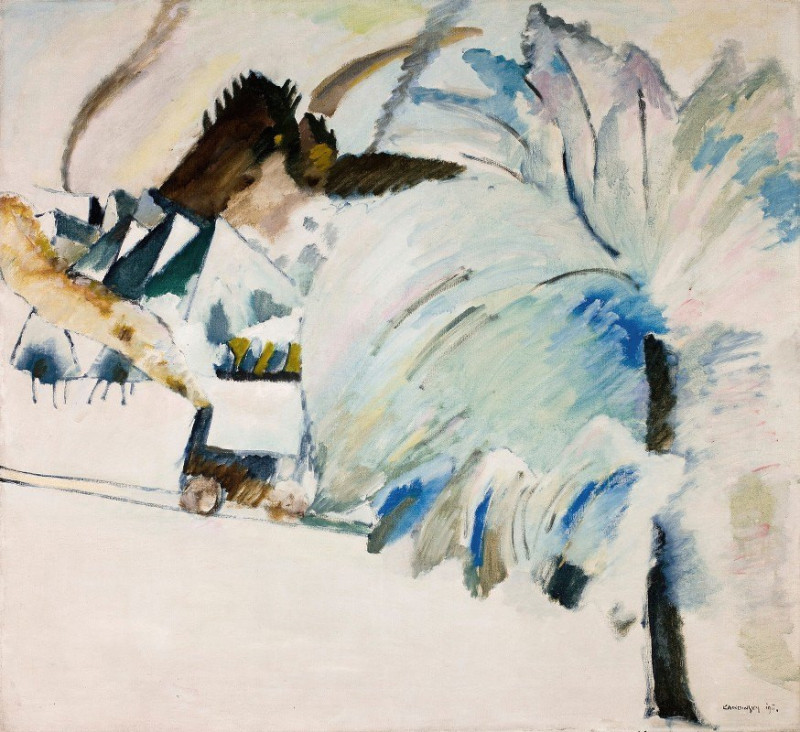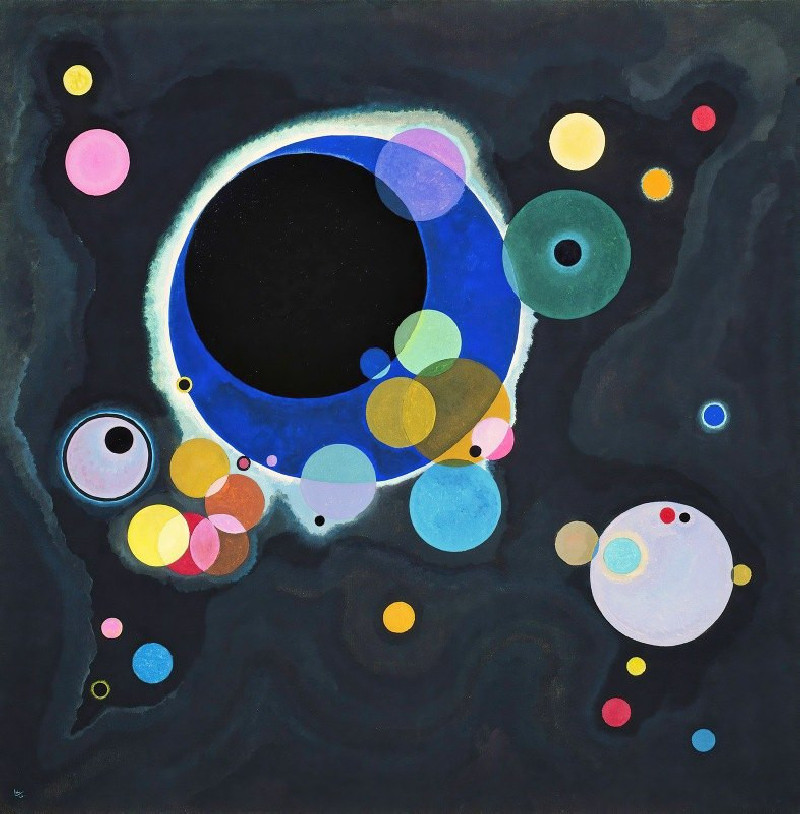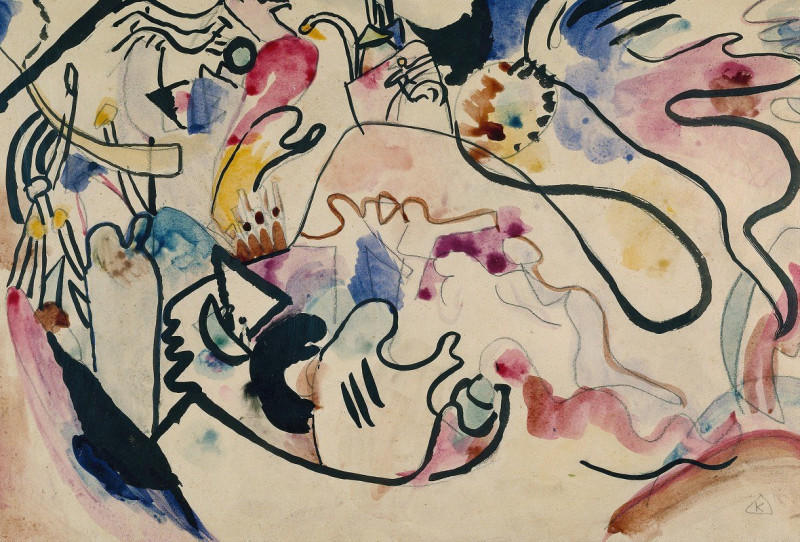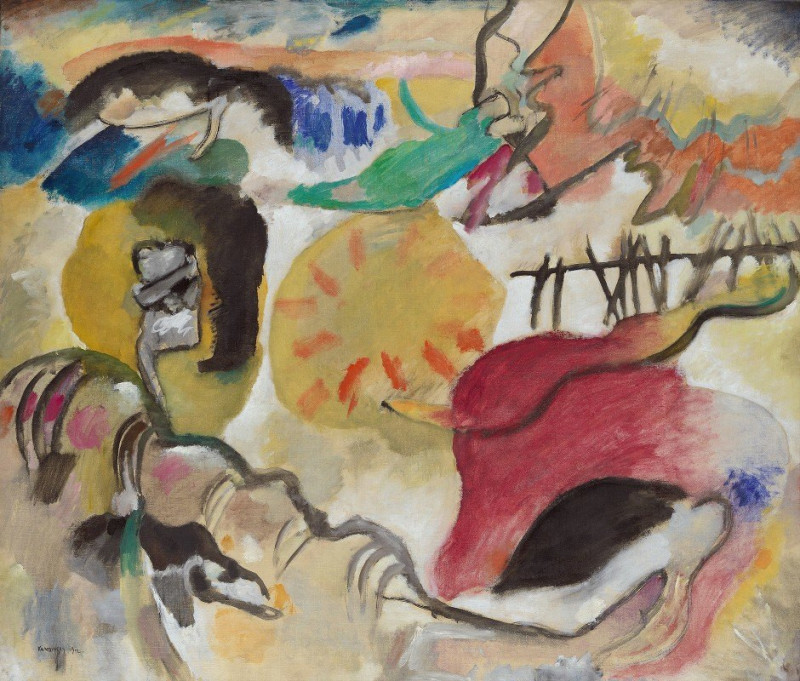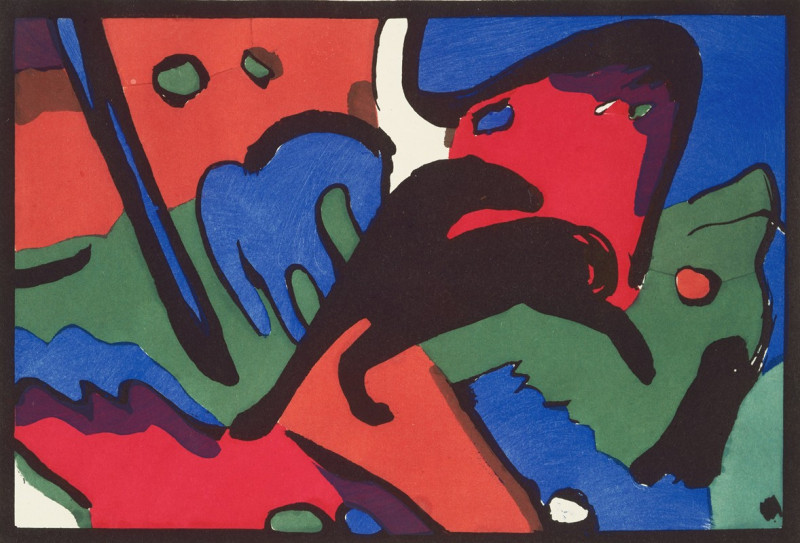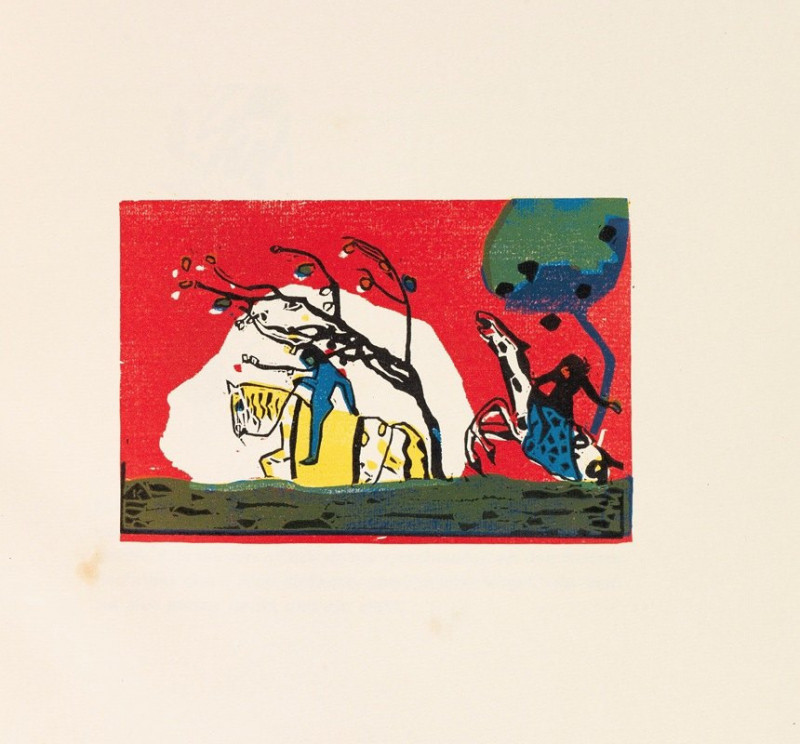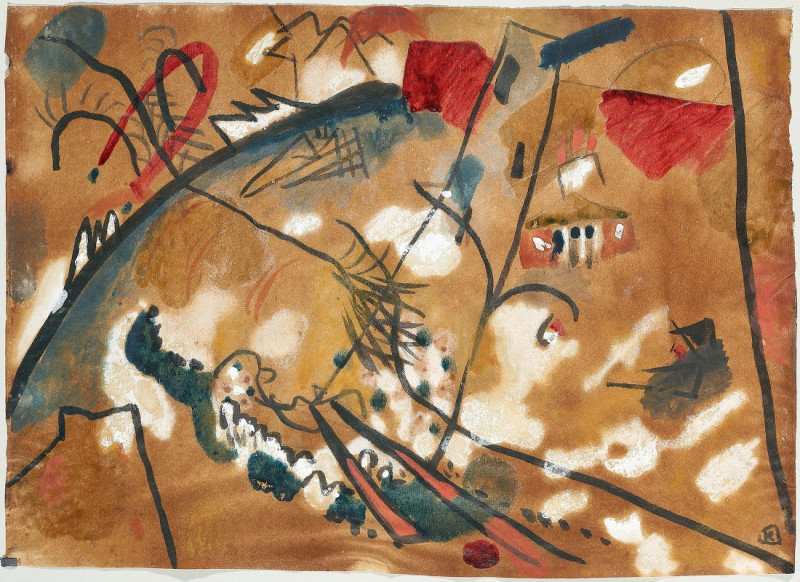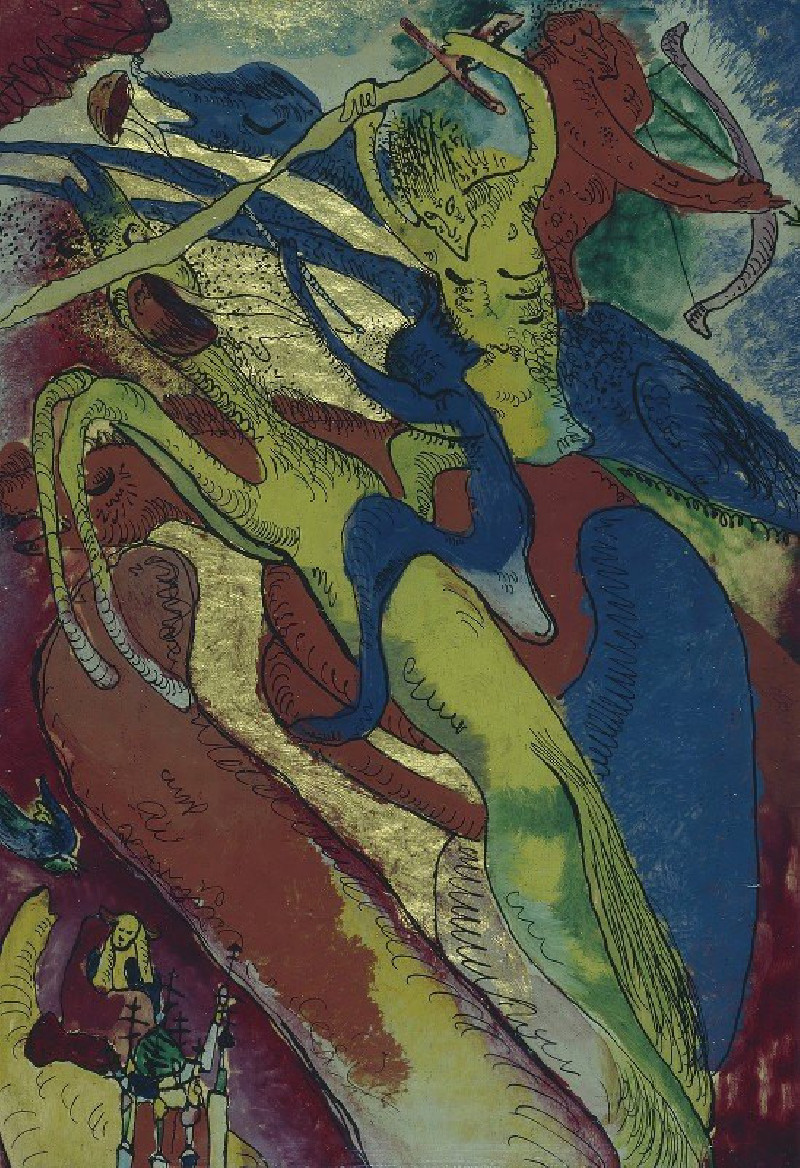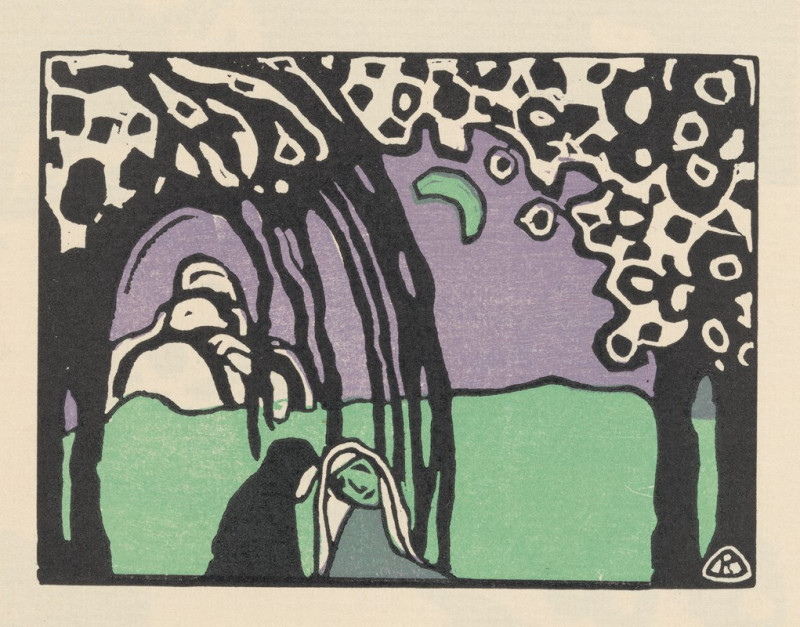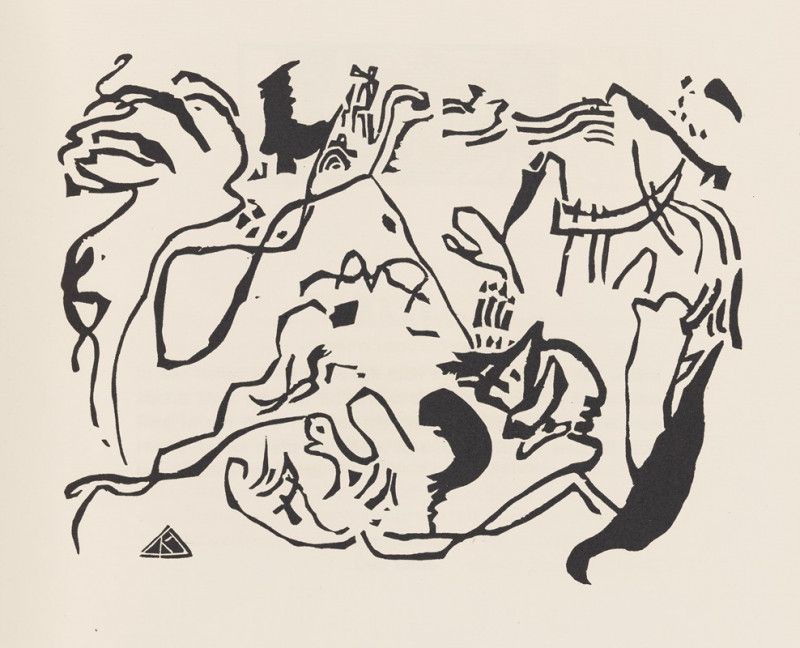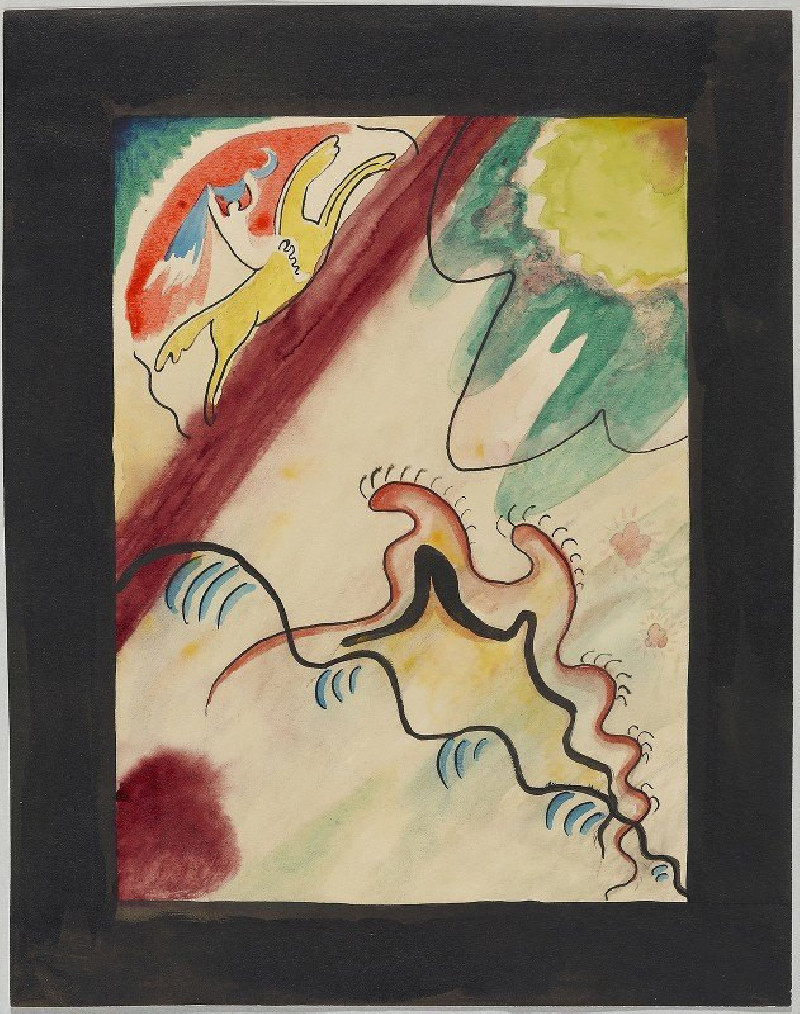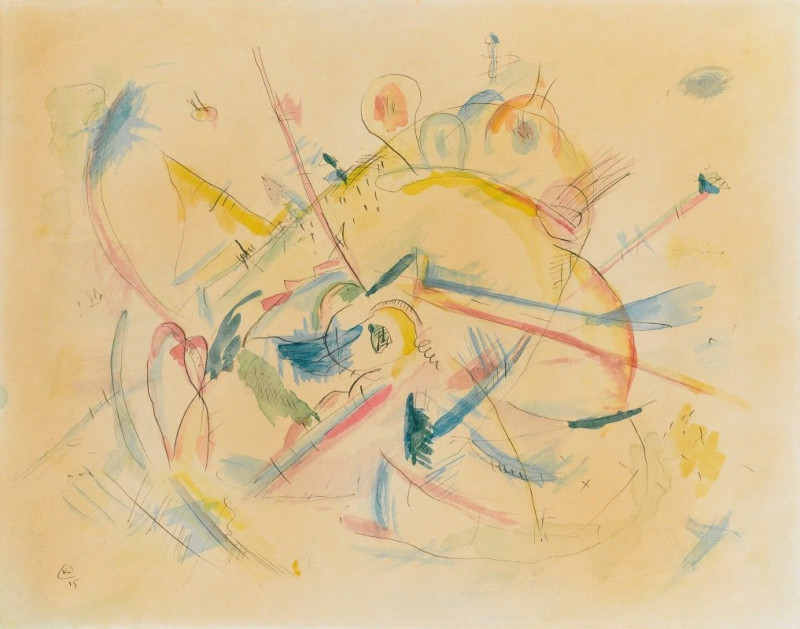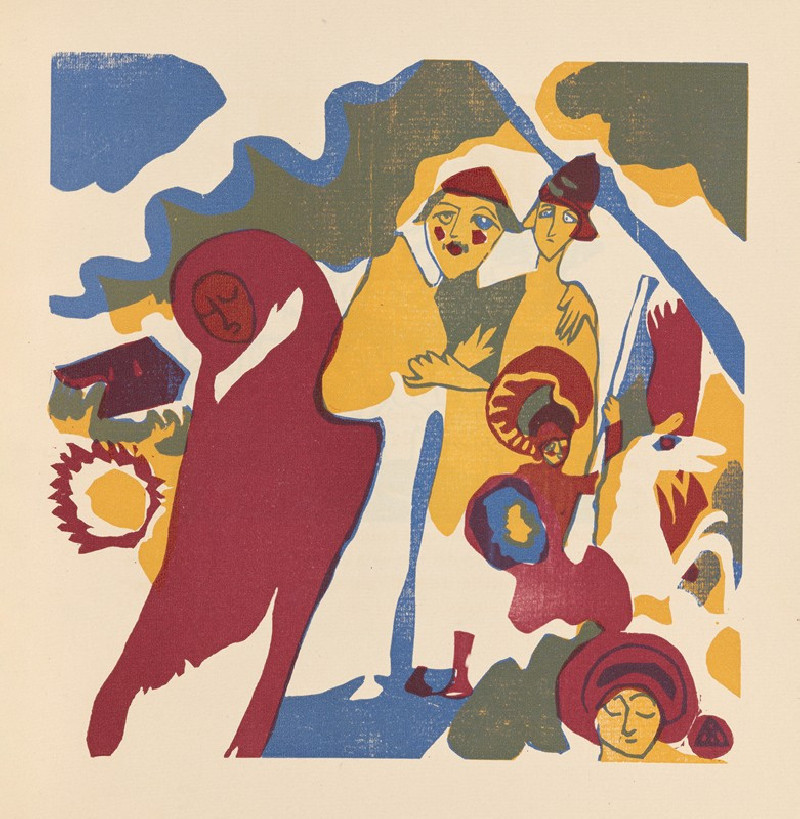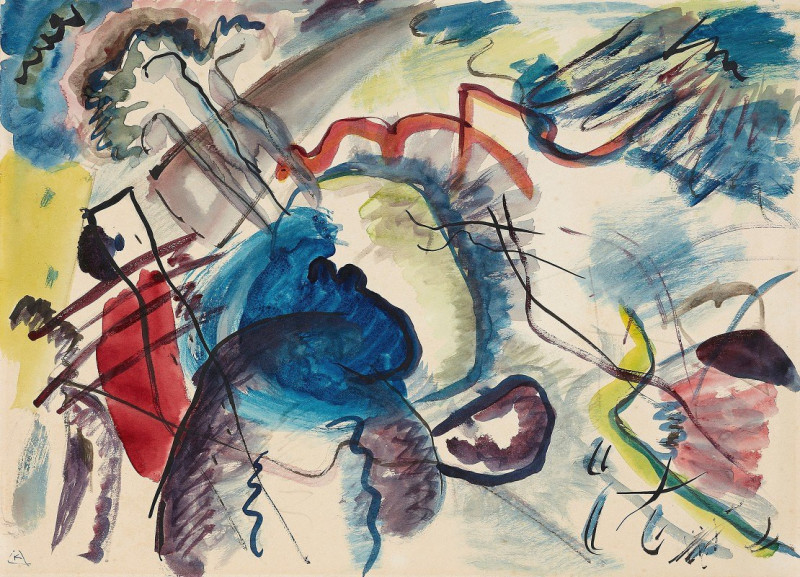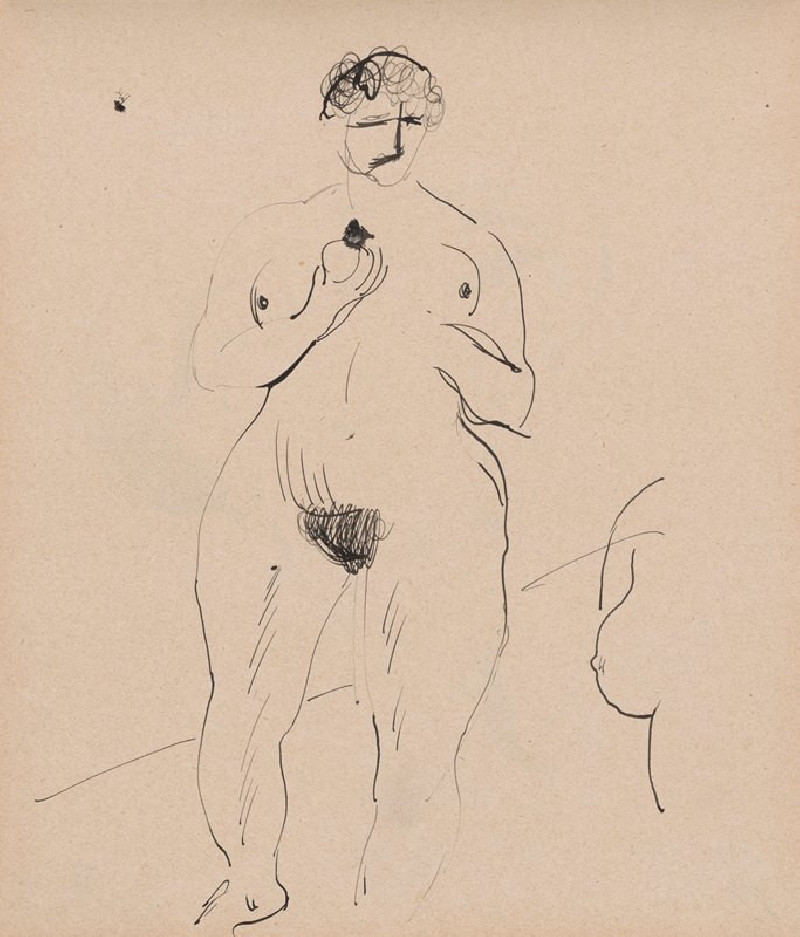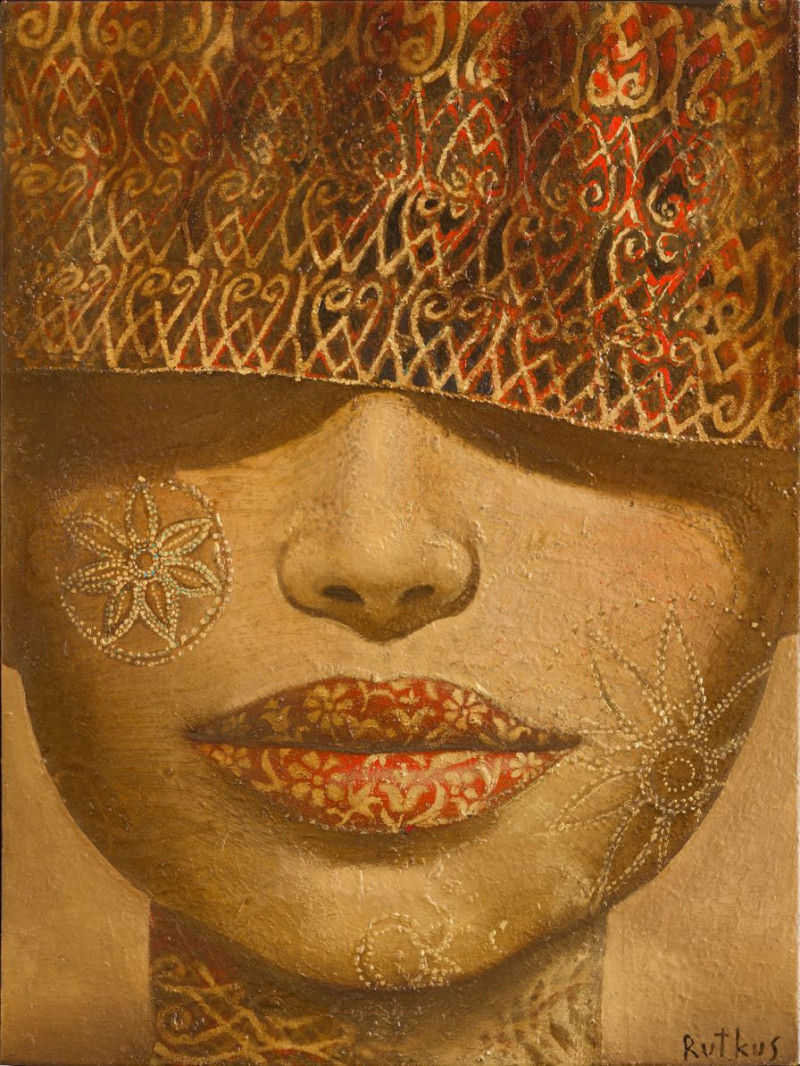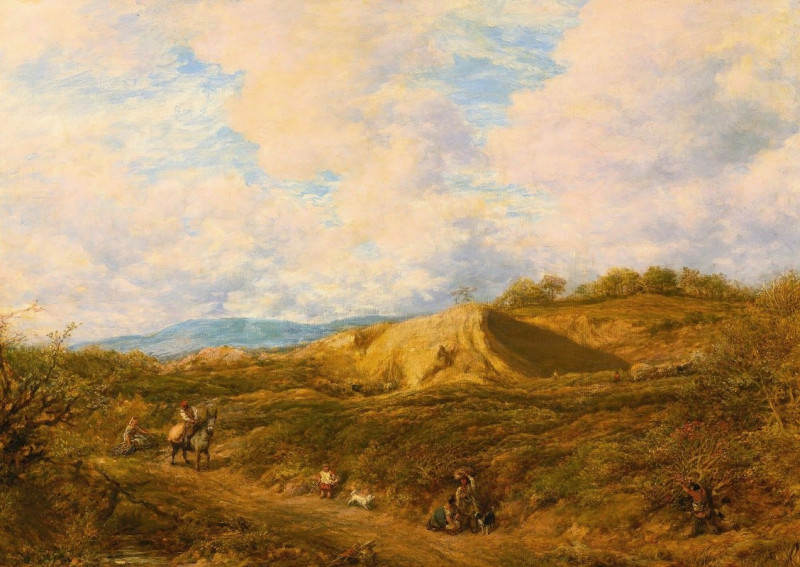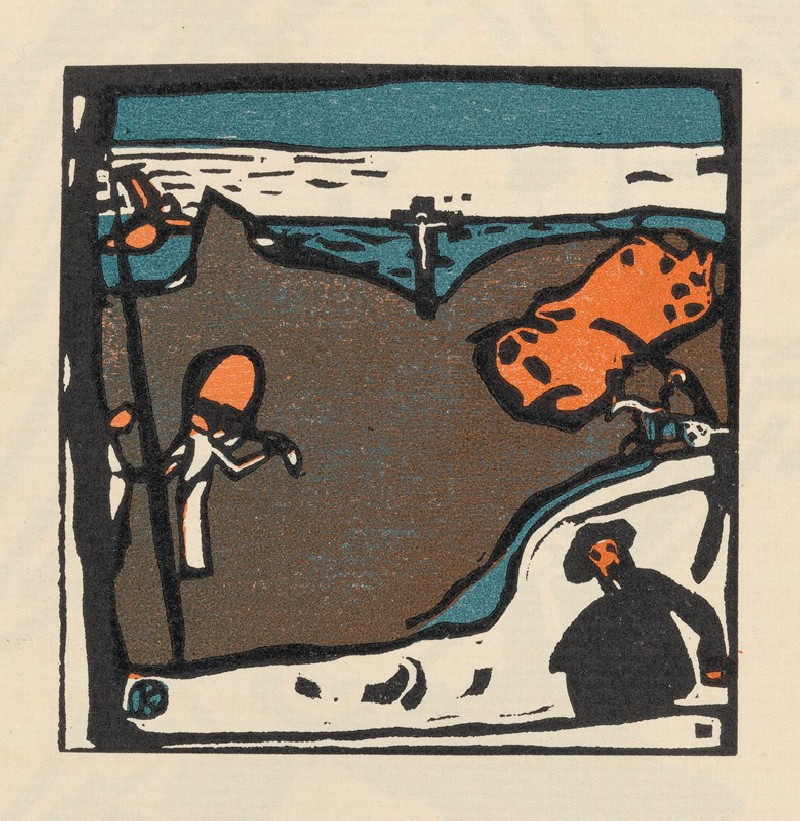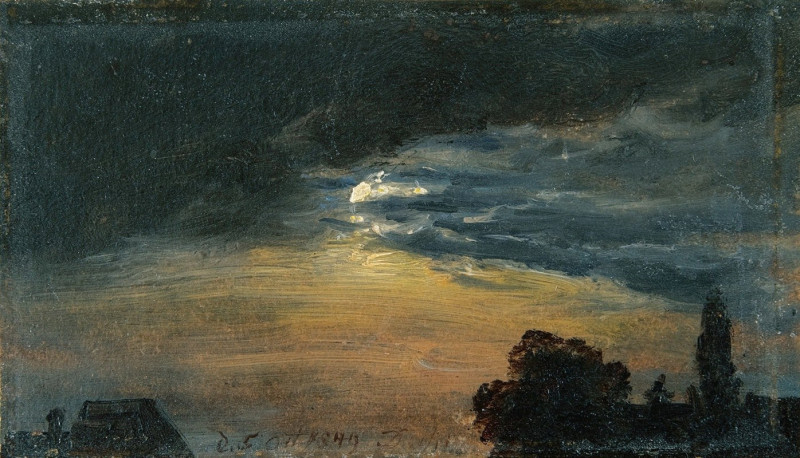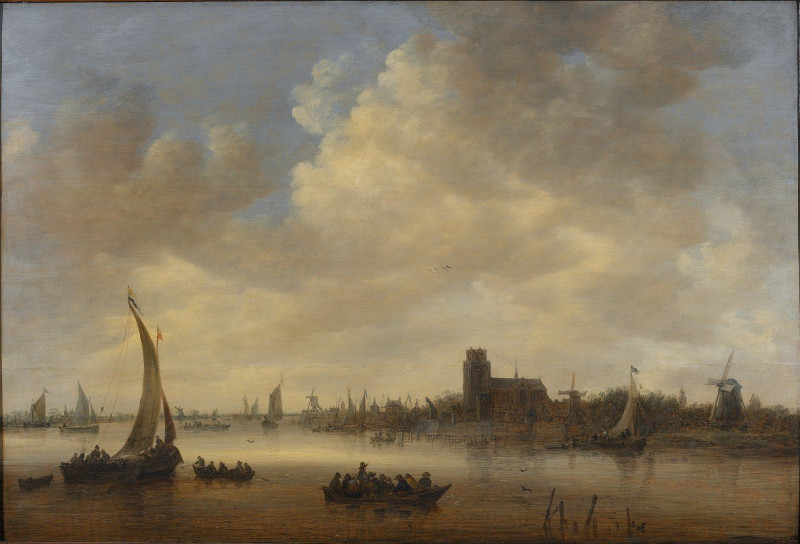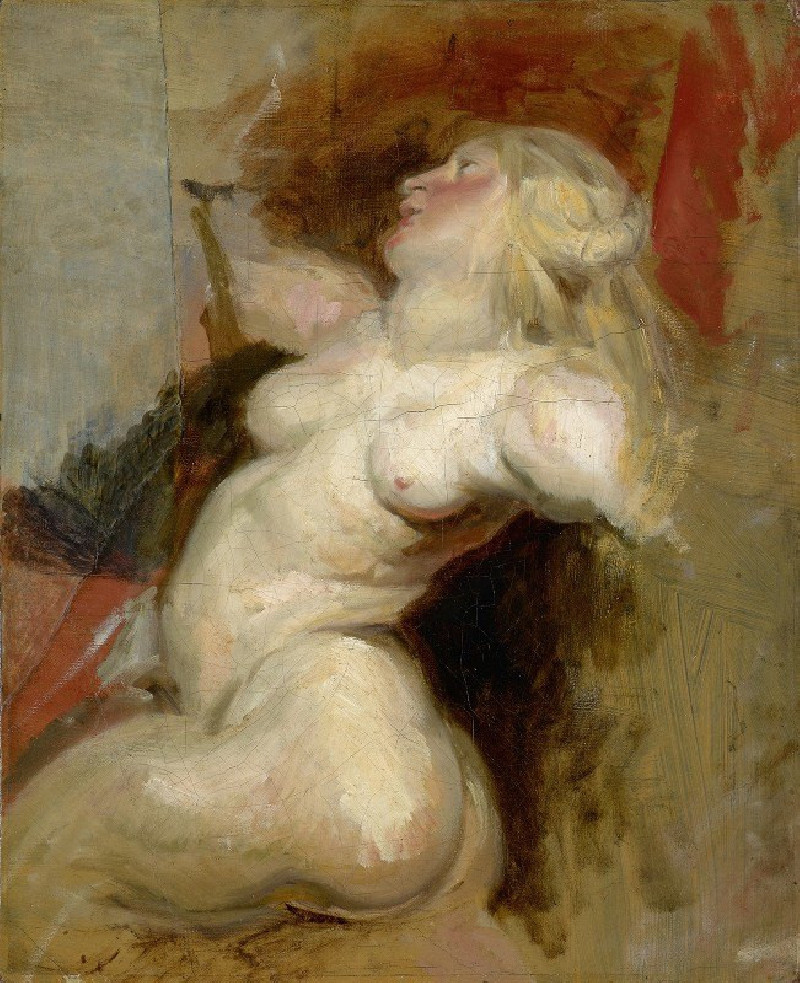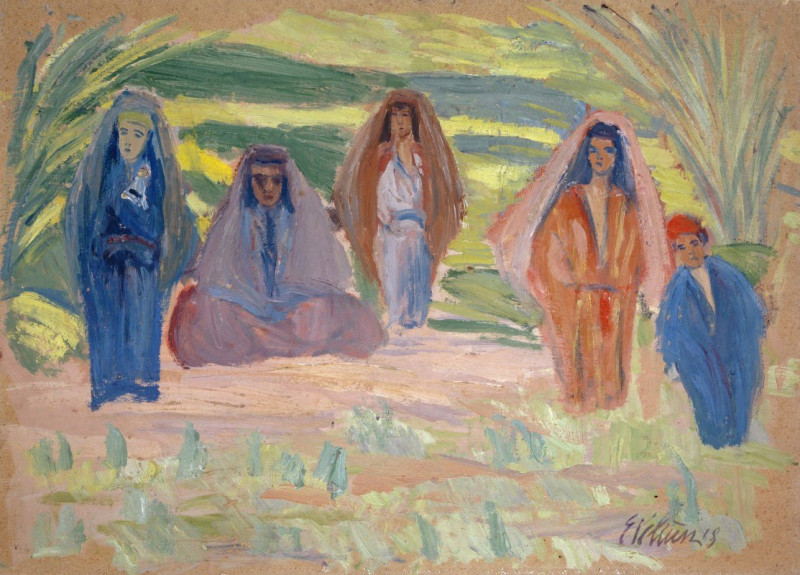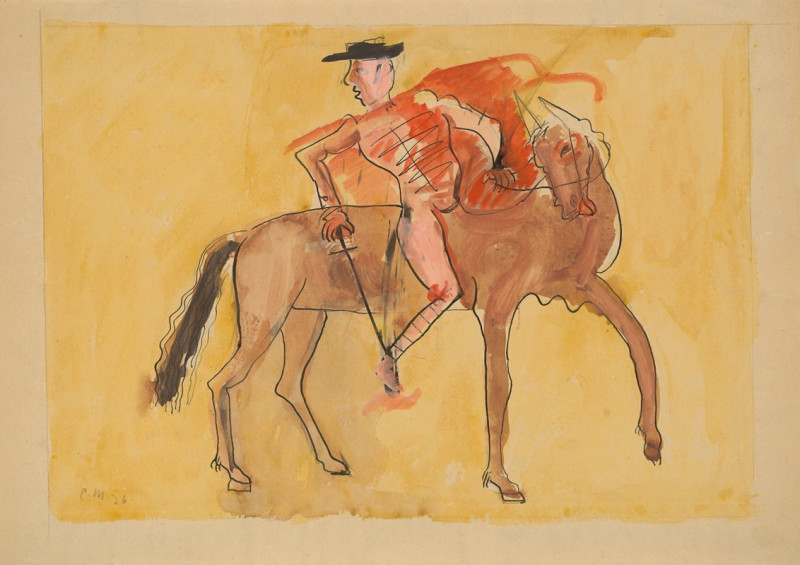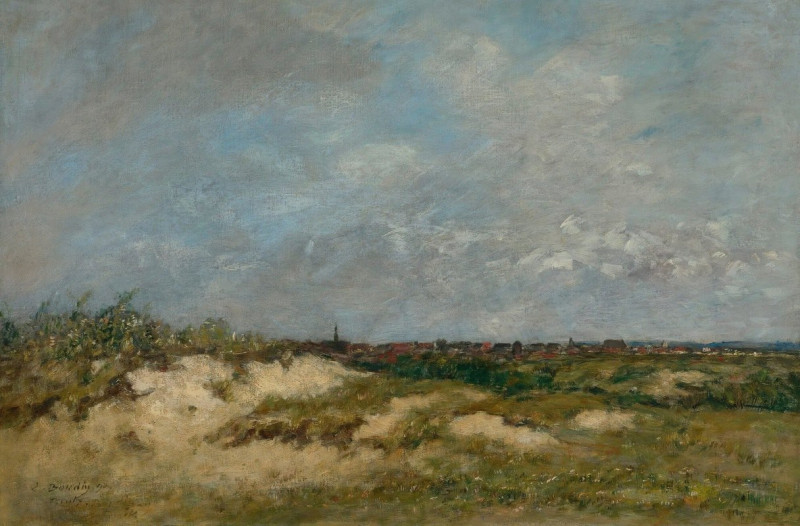Klänge Pl.14 (1913)
Technique: Giclée quality print
Recommended by our customers
More about this artwork
This painting by Wassily Kandinsky, titled "Klänge Pl.14" from 1913, showcases the artist's pioneering approach to abstraction that is both enigmatic and expressive. The composition is comprised of bold, stark contrasts between black and beige shapes, which are dynamically arranged across the canvas.The artwork does not immediately depict recognizable forms, encouraging an emotive and individual interpretation. It is a visual representation of Kandinsky's ideas about the synesthesia of arts—how colors and forms can evoke sensory experiences similar to musical compositions. The shapes might suggest fragmented hints of figures or landscape elements, but they primarily serve to engage the viewer's eye through their interplay and the balance of filled and empty spaces.In essence, the piece is a vibrant exploration of abstract visual language that aims to communicate deeper emotional resonances, much like a piece of abstract music might evoke feelings without using words or familiar melodies.
Delivery
Returns
Wassily Wassilyevich Kandinsky was a Russian painter and art theorist. Kandinsky is generally credited as the pioneer of abstract art. Born in Moscow, Kandinsky spent his childhood in Odessa, where he graduated at Grekov Odessa Art school. He enrolled at the University of Moscow, studying law and economics. Successful in his profession—he was offered a professorship (chair of Roman Law) at the University of Dorpat today Tartu, Estonia)—Kandinsky began painting studies (life-drawing, sketching and anatomy) at the age of 30.

